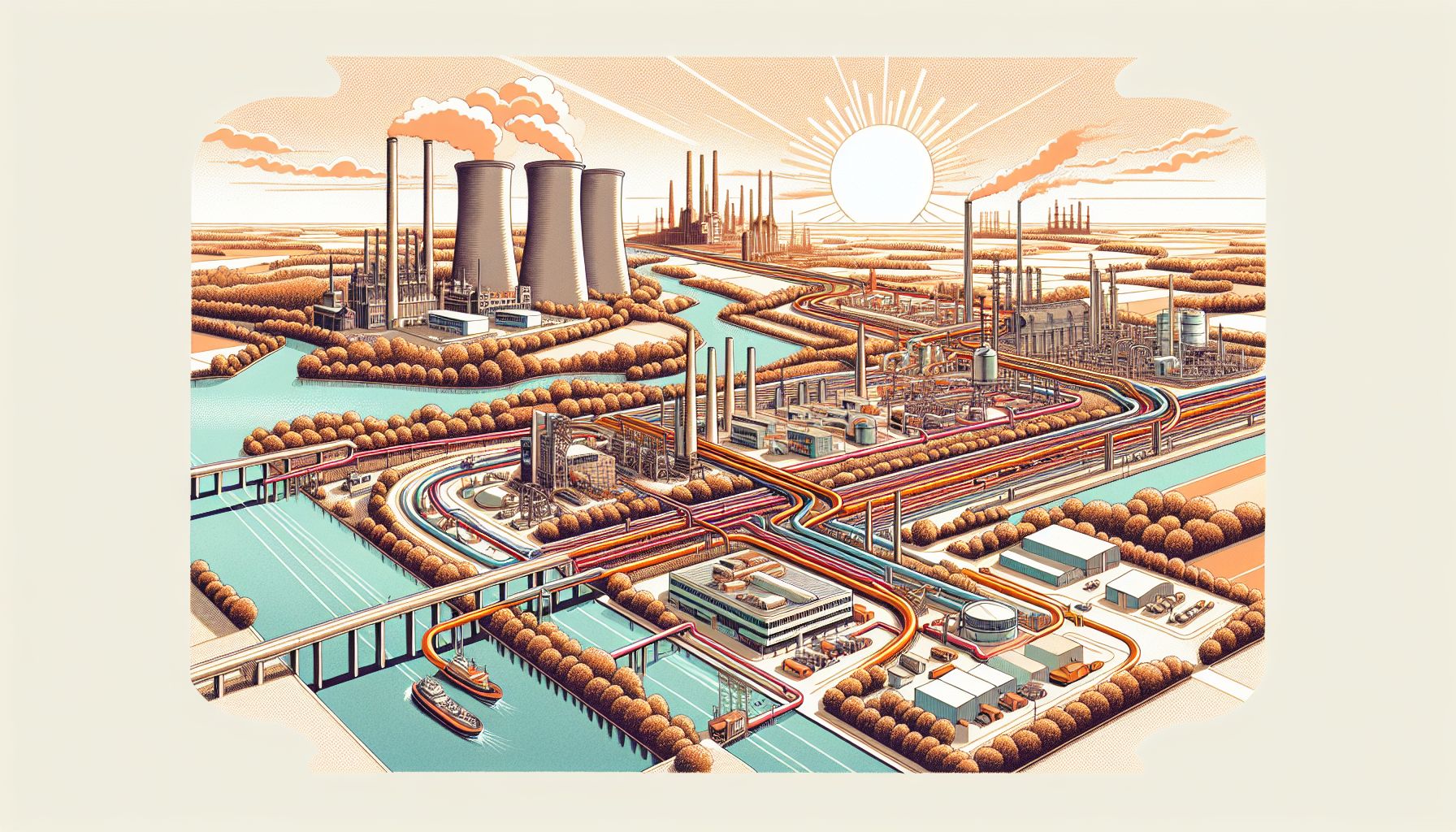Cross-Border Hydrogen Network to Link Industrial Hubs in France and Belgium

Dunkirk, Thursday, 17 October 2024.
Fluxys and GRTgaz launch market call to assess demand for a 150km hydrogen pipeline connecting Dunkirk, Ghent, and Antwerp. The project, designated as a European ‘Project of Common Interest’, aims to support industrial decarbonization efforts and strengthen cross-border energy infrastructure by 2026.
Strategic Infrastructure for Decarbonization
The proposed hydrogen pipeline project spearheaded by Fluxys, a Belgium-based energy infrastructure group, and GRTgaz, headquartered in France, is a significant stride towards establishing a sustainable energy network in Northwest Europe. This initiative, marked as a ‘Project of Common Interest’ by the European Commission, underscores the critical role of hydrogen in the EU’s Green Deal strategy aiming for carbon neutrality by 2050[1][2].
Connecting Key Industrial Hubs
The 150-kilometer pipeline will connect major industrial ports: Dunkirk in France and Ghent and Antwerp in Belgium. These regions are pivotal to the steel, refining, and chemical industries, which are key targets for decarbonization[3]. By facilitating a steady supply of low-carbon hydrogen, this network promises to enhance industrial sustainability and operational flexibility, addressing the growing market demands for renewable energy solutions[4].
Market Interest and Future Development
The market call, open until November 29, 2024, invites stakeholders to express interest and provide insights into future market needs such as capacity and decarbonization attributes. This feedback is crucial for Fluxys and GRTgaz to refine their infrastructure plans and ensure alignment with industry requirements. The initiative is designed to be inclusive and transparent, offering stakeholders a non-discriminatory platform to engage in shaping this pivotal infrastructure[5][6].
A Collaborative European Effort
Pascal De Buck, CEO of Fluxys, and Sandrine Meunier, CEO of GRTgaz, emphasize the importance of cross-border cooperation in achieving a cohesive and efficient energy network capable of supporting Europe’s decarbonization goals. By linking production sites with consumption areas, the project aims to create a robust hydrogen transportation system that bolsters the EU’s energy transition efforts[2][7].
Outlook and Impact
As the first sections of the pipeline are expected to be operational by 2026, the initiative promises to redefine the energy landscape in Northwestern Europe. The successful implementation of this project could set a precedent for similar hydrogen infrastructure developments, reinforcing the EU’s leadership in global clean energy innovation and significantly contributing to the reduction of industrial carbon emissions[3][8].

